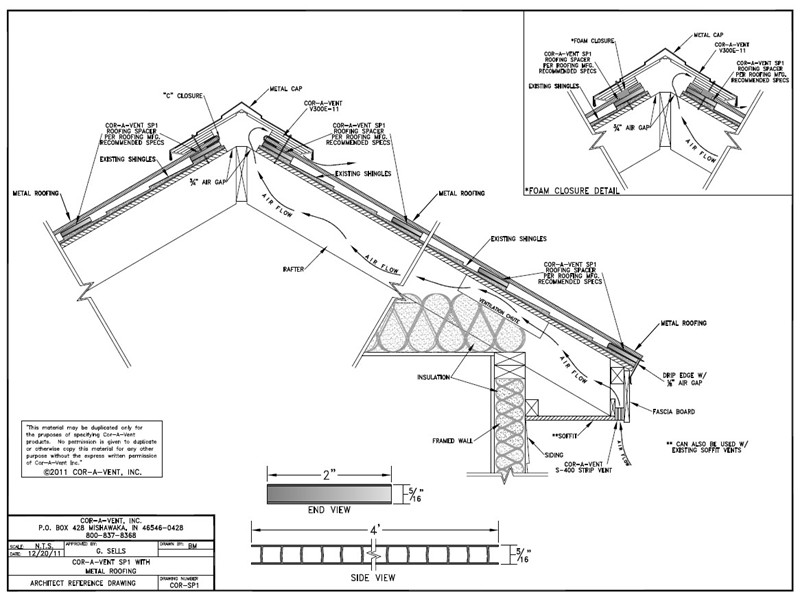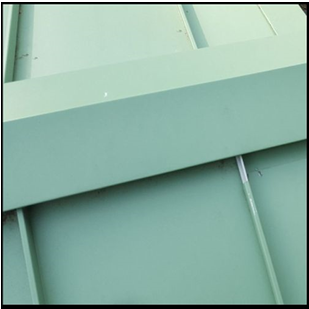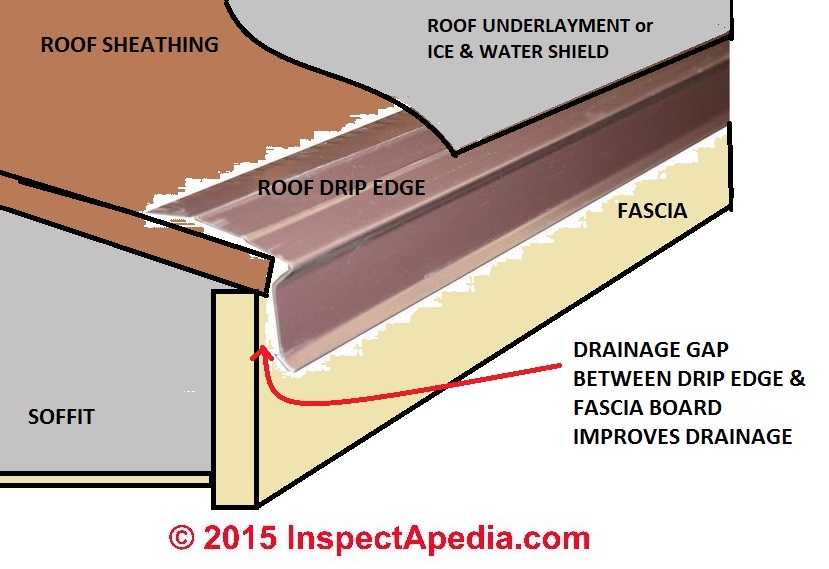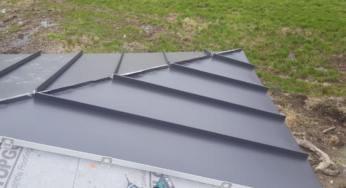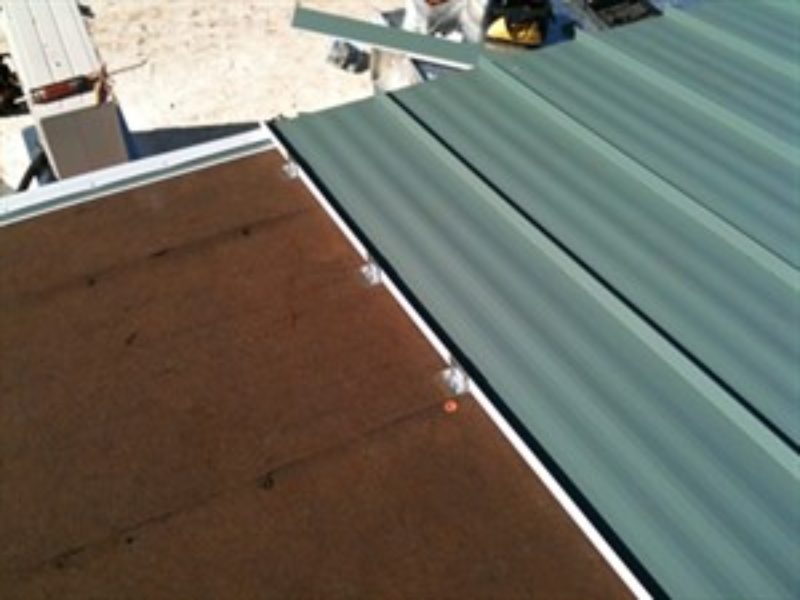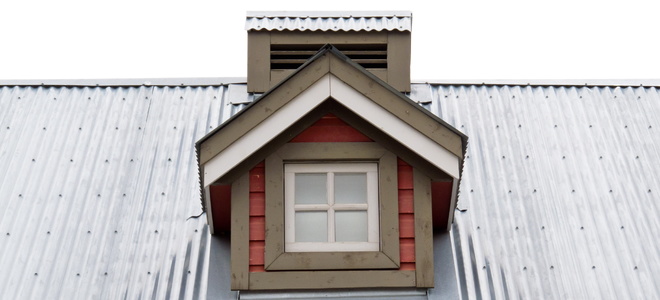As it is i will probably be needing some insulation below the rafters to get down to the 0 2u but not needing the 50mm gap obviously helps reduce the size needed.
Minimum air gap on metal roof.
Metal roof coatings with solar reflectance can help building owners save substantially in annual cooling costs.
I m doing a warm roof with breathable membrane so didn t think i needed this 50mm air gap.
Metal panel roof systems require a minimum 3 8 air gap between the underside of the metal panel and the covered or uncovered insulation board.
The better option is to install 1x4 purlins creating a 3 4 thick air space.
The beams are 2x6.
The map at right which is based on table r806 4 of the irc lists the minimum r values required to prevent condensation in unvented assemblies in various climate zones.
Research has confirmed that creating an air space under a metal roofing system will increase energy savings during both summer and winter months.
Purlins parallel to the eave seem called for as the metal roof panels run perpendicular to the eave.
The ridge vent only currently vents the air space under the tiles not under the deck.
Thanks for the info.
On the south side of the roof there are solar pv tiles with an air gap under them and a ridge vent.
As the metal roof heats up in the summer time the added air gap in between will act as a buffer instead of the the metal heating up the below shingle roof.
This provides a path to exit for any leaks thru the metal roof but provides little ventilation beneath the metal roofing.
In order for radiant heat to exist you must have this air gap.
The renovation is from the interior of an attic space room.
This installation method also allows you the flexibility of adding a radiant barrier under the metal roof to help with heat transferring into the house which should help the air.
So if you are installing under a roof or in a wall you must create an air gap.
I m doing a renovation on an unusual roof.
It doesn t matter which side the air gap is on the foil will work the same whether it is using reflectivity or emissivity to block the heat transfer.
The international energy conservation code prescribes the minimum r values of insulation based on climate zones and typically the required amounts for energy control also assure condensation control.
No air gap no radiant heat it won t work.


